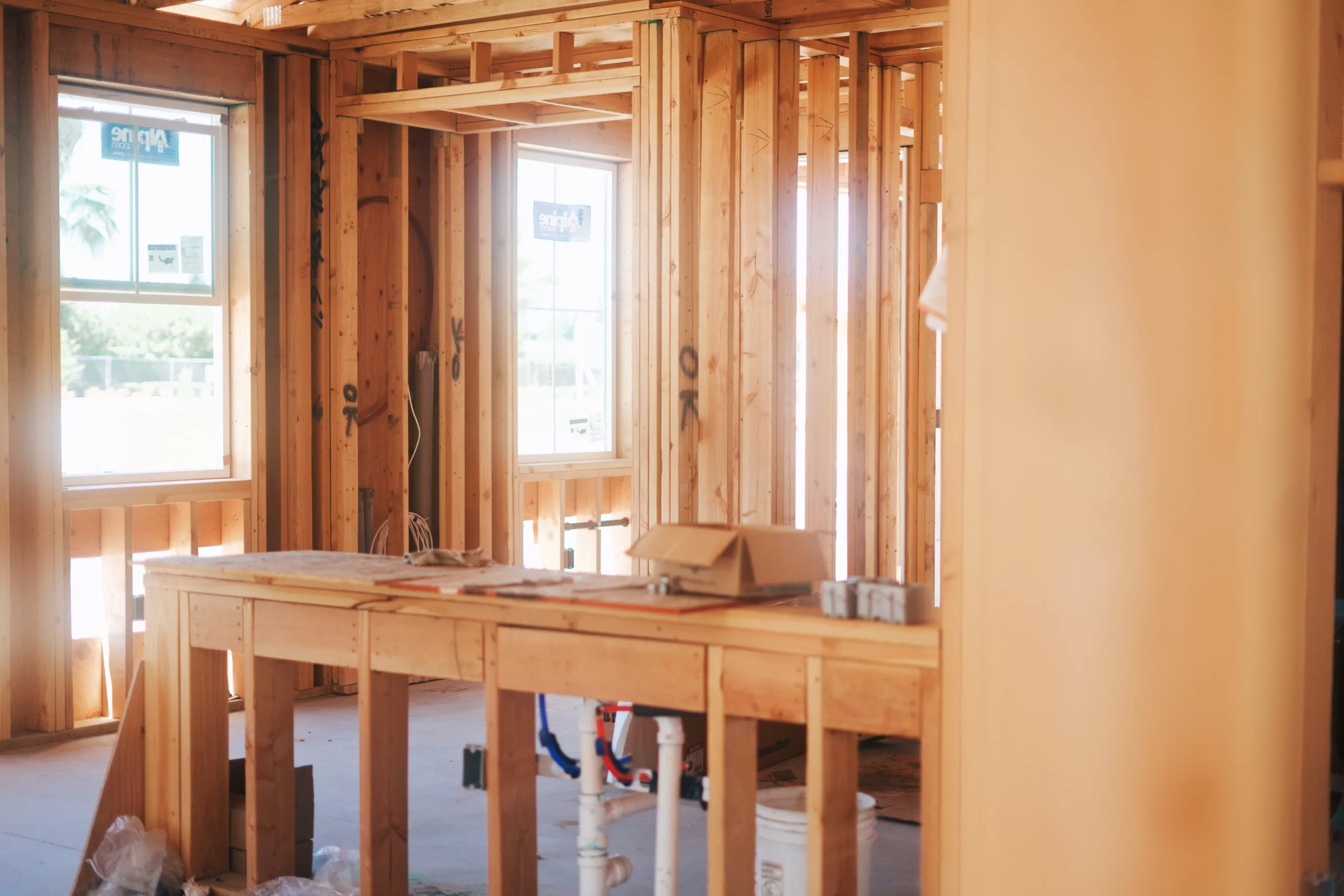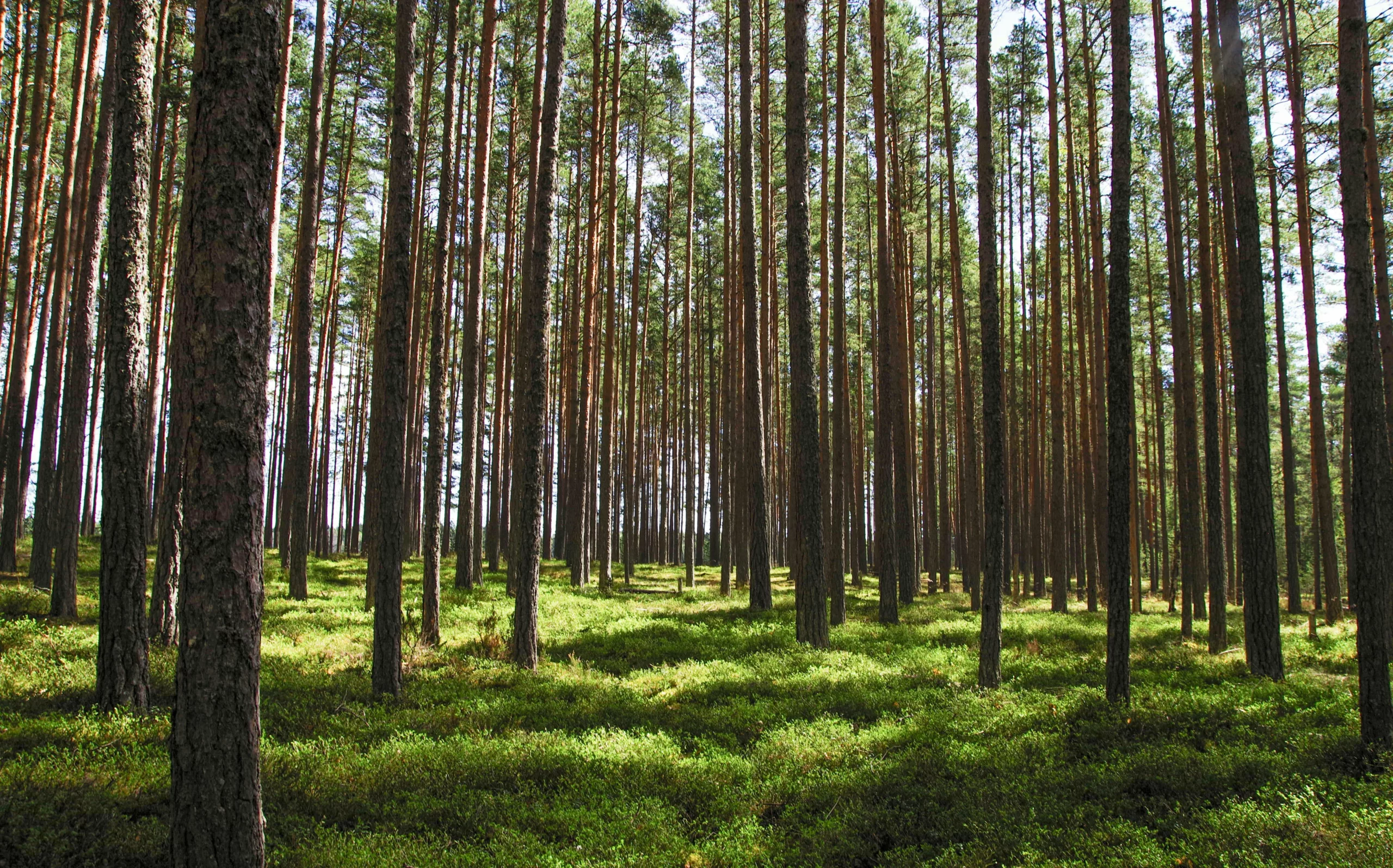In response to the chopping down of trees for lumber, many well-meaning individuals who care about our forests may have exclaimed something like this:

Does using lumber in construction projects mean more trees are being cut down, thus causing a negative impact on the environment?
To explore this question, Nexgeneral Construction sat down with Jeff Mehlschau, a forest management professional with nearly three decades of experience in the timber industry. Jeff has gained expertise in everything from the regeneration and harvesting of trees to the exportation of wood products.
According to Jeff, “using wood in a construction project is not the end of a forest. If anything, it is the beginning.” Continue reading to learn more!



Understanding the Harvesting and Replanting Cycle in Forestry
“The cutting down of that timber is the trigger we use to plant seed and seedlings to get [a] forest started again,” says Jeff.
The USDA Forest Service states if sustainable forest management and harvesting practices are followed, “our wood resources will be available indefinitely.”
“Just as farming practices have changed over the last couple hundred years to grow more food per acre, the same thing is happening in forestry,” says Jeff. “We are growing more trees, more lumber, on the same piece of property than we used to.”
As more trees are cut down, more are being planted.
Carbon Sequestration and Wood Products
As many of us learned in our elementary science class, trees absorb carbon dioxide from the atmosphere.
Young and vigorously growing forests significantly contribute to carbon withdrawal. Research indicates that “young forests grow rapidly, removing much more carbon each year from the atmosphere than an older forest covering the same area.”
With this data in mind, how do we keep our forests young? The rotation age of trees, the time span from a seedling being planted to its harvest, must be shortened. Shorter rotation ages are a result of:
- The science of seed and seedling production. Trees are bred for desirable traits, much like farmers breeding livestock. By selecting traits such as strength, and adaptability, foresters can raise fast-growing, healthy seedlings
- Forestry management practices. Throughout a tree’s life cycle, it is cared for through thinning, fertilization, and wildfire protection. This allows the tree to grow strong and grow quickly.
By breeding the best-performing trees, caring for them as they grow, and keeping the replanting and harvesting cycle moving quickly, our forests are full of younger trees. As a result, more carbon is removed from the air.
In addition, as trees are harvested and converted into wood products, this stored carbon remains locked away, offsetting carbon emissions. This means the lumber in the frame of your building or the sheet of paper in your notebook is still hard at work keeping carbon out of the atmosphere!
The Resurgence of Wood in the Construction Industry
In recent years, wood has experienced a resurgence in sustainable construction. Wood is increasingly recognized as a versatile, renewable, biodegradable, and environmentally-friendly resource in construction.
“Wood has turned into a very popular building material, and, no surprise when you really find out the truth behind it,” says Jeff.
Thanks to sustainable forestry practices, wood may actually be the “hottest new thing in sustainable building.”
Through innovative practices and environmental stewardship, we are securing a more vibrant future for the worlds of construction and forestry. For more information check out our short video below:
